Transforming a space with timeless elegance is an art form that celebrates the beauty of the past while bringing it into the present. Antique decor offers a unique way to infuse character and history into your home, creating a distinctive atmosphere that tells your personal story. Whether you’re a seasoned decorator or new to the world of vintage styling, the allure of celebrating antique decor lies in its ability to elevate any room with sophistication and charm. By thoughtfully incorporating vintage pieces, you can blend old-world charm with modern aesthetics, crafting a space that feels both familiar and extraordinary. This guide delves into the intricacies of working with antique decor, exploring its enduring appeal and how it continues to inspire homeowners seeking a one-of-a-kind aesthetic.
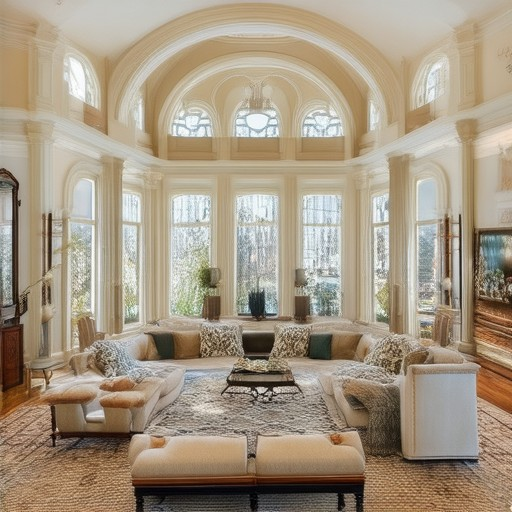
What is the 100-Year Rule for Antiques?
The 100-year rule is a commonly accepted standard in the antique industry to determine the age of an item qualifying as an antique. According to this rule, an item must be at least 100 years old to be accurately labeled as an antique.
Key Points:
- The rule applies globally, regardless of the country of origin.
- Items meeting this criterion are typically considered to have historical, cultural, or artistic significance.
- This age threshold helps in assessing the item’s authenticity and value.
Exceptions and Variations:
- Some regions may have slightly different standards due to local historical contexts.
- Certain categories of items, such as fine art or rare collectibles, may be considered antiques even younger than 100 years.
Benefits of the 100-Year Rule:
- Provides a clear guideline for buyers and sellers.
- Aids in preserving heritage items with significant historical value.
- Supports trustworthiness in transactions involving vintage or historic pieces.
Do People Still Decorate With Antiques?
Yes, people continue to decorate their homes and spaces with antiques, as they offer a unique blend of history, character, and timeless appeal. The market for vintage and antique items remains strong, driven by a growing appreciation for craftsmanship and historical significance.
At Retro Sales, we specialize in connecting enthusiasts with a curated selection of vintage finds and collectibles. Our platform not only offers a marketplace for unique items but also provides insights and stories that celebrate the charm of yesteryear. Whether you’re looking for furniture, decor, or memorabilia, our community-driven approach ensures you discover pieces with rich backgrounds and stories.
Why Antiques Remain Popular
- Timeless Appeal: Antique pieces often stand out due to their unique designs, materials, and storytelling potential, making them ideal for creating distinctive home environments.
- Sustainability: Repurposing and restoring antiques aligns with eco-friendly lifestyles, reducing waste and promoting the reuse of historic items.
- Character and History: Every antique carries its own story, adding depth and personality to a space.
- Cultural Reverence: Many design enthusiasts view antiques as symbols of cultural heritage and artistic expression.
Where to Find Antiques
Platforms like Retro Sales cater specifically to vintage enthusiasts, offering a diverse range of items and resources. Additionally, local flea markets, antique stores, and online auction sites such as Etsy and eBay provide access to unique finds.
Interior Design Trends
Antique decor is increasingly integrated into modern and traditional interiors. Mixing vintage pieces with contemporary furnishings creates eclectic, inviting spaces. Designers often recommend incorporating antiques to add visual interest and texture, while maintaining a cohesive aesthetic.
The Community Aspect
Collectors and decorators alike appreciate the sense of community fostered by platforms like Retro Sales. Sharing stories, tips, and restoration techniques helps preserve the legacy of these timeless items for future generations.
In conclusion, decorating with antiques is not just a trend—it’s a celebration of history, creativity, and sustainable living. At Retro Sales, we believe every piece tells a story, and we’re proud to connect our community with the charm of yesterday’s treasures.
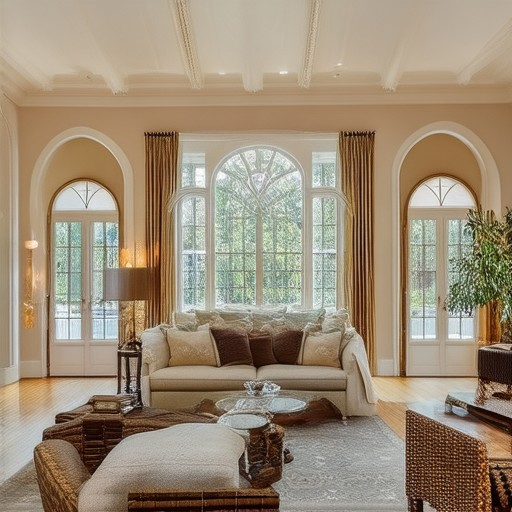
How to Incorporate Vintage Decor
Incorporating vintage decor into your home can add a unique charm and timeless elegance. Here’s a step-by-step guide to seamlessly blending vintage elements into your space:
- Furniture: Mix modern and vintage furniture by opting for vintage-inspired pieces or authentic antiques. Platforms like RetroSales offer a curated selection of vintage items that can complement your decor.
- Color Palette: Use muted tones and earthy hues to create a cohesive look. Introduce these colors through paint, textiles, or throw pillows to harmonize your space.
- Lighting: Add vintage lighting fixtures, such as those from the mid-century, to enhance the ambiance. Layer these with modern lamps for a balanced effect.
- Decorative Accents: Incorporate vintage-inspired wallpaper, fabrics, or artwork. Frame vintage photographs or artwork with sleek, modern frames for added visual interest.
- Seasonal Touches: Use vintage-style throws or blankets for beds, especially during colder months, to add warmth and texture.
- Personal Touches: Upcycle or repaint old furniture to give it a vintage vibe. Distress or add vintage-inspired handles for a personalized touch.
For more inspiration and to explore a wide range of vintage items, visit RetroSales . Their blog offers insights into retro culture and vintage trends that can inspire your home decor project.
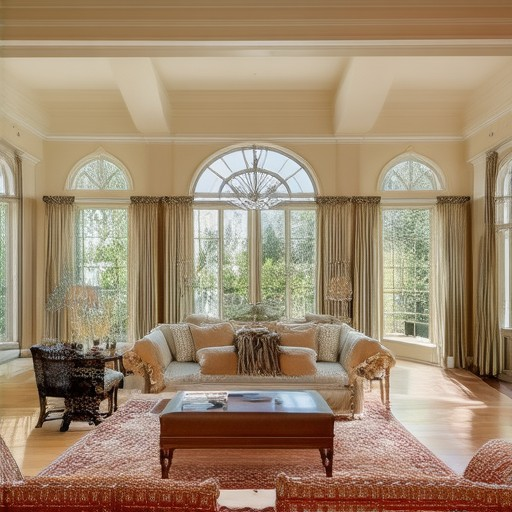
About Antiquities
An antique is an item that has been preserved from a previous era, often showcasing historical, cultural, or artistic significance. Unlike modern goods, antiques reflect the craftsmanship and values of earlier times.
Historical Context
Antiques span across various eras, with examples ranging from ancient artifacts to medieval relics. Notable periods include:
- Ancient civilizations (Egyptian pyramids, Greek vases)
- Medieval times (knights’ armor, Gothic architecture)
- Renaissance artistry (paintings by masters like da Vinci)
- Industrial Revolution innovations (early machinery, furniture)
Cultural Significance
Antiques hold deep cultural value, often serving as windows to the past. They emphasize aesthetic beauty, craftsmanship, and historical narratives. Museums and private collections frequently showcase these treasures, allowing storytelling and educational insights into bygone eras.
Modern Relevance
In today’s market, antiques are sought after for nostalgia, investment potential, and as status symbols. Platforms like Retro Sales cater to enthusiasts, offering curated vintage items and insights into retro culture. Competitors like Etsy and eBay also host antique sections, reflecting broader interest in historical artifacts.
Preservation and Appreciation
Antique preservation is vital to maintain their integrity. Restorers carefully preserve these items, ensuring future generations can appreciate their historical and artistic worth. Collectors often view antiques as investments, with certain pieces appreciating significantly over time.
Conclusion
Antiques are more than just old objects—they are gateways to understanding history, fostering appreciation for craftsmanship, and connecting us to the past. Their enduring appeal ensures they remain central to cultural and economic discussions.
Is Antique Positive or Negative?
The term “antique” generally carries positive connotations when referring to items of historical, cultural, or artistic significance. Here’s a breakdown:
- Positive Connotations :
- Antiques are often associated with wisdom, heritage, and craftsmanship.
- They evoke feelings of nostalgia and appreciation for the past.
- Many people value antiques for their rarity, unique character, and stories behind them.
- Negative Perceptions :
- Some may associate antiques with dustiness, wear, or a need for restoration.
- They can sometimes be seen as less convenient compared to modern items.
In most contexts, “antique” implies a reverence for history and tradition, making it a predominantly positive descriptor.
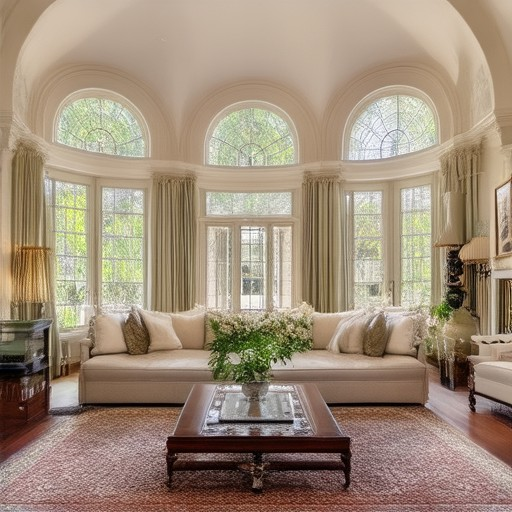
What Do Antiques Represent?
Antiques represent a bridge between the past and present, serving as tangible connections to history, craftsmanship, and cultural evolution. They are more than just objects; they are windows into the artistry, traditions, and lifestyles of earlier generations.
The History of Antiques
Antiques have been around for centuries, with origins tracing back to ancient civilizations. Over time, they have evolved from functional tools to highly sought-after collector’s items. Today, antiques encompass a wide range of items, from furniture and jewelry to artwork and everyday household goods, each carrying its own story and value.
Aesthetic and Artistic Value
One of the most significant aspects of antiques is their aesthetic appeal. Many antiques are characterized by their unique designs, intricate craftsmanship, and timeless beauty. They often stand out due to their deviation from modern, mass-produced items, making them desirable for collectors and decorators alike.
Cultural and Historical Significance
Antiques hold deep cultural and historical significance. They can provide insights into the social norms, technological advancements, and artistic tastes of the periods in which they were created. For example, a Victorian-era chair might reveal the societal importance of hospitality, while a Ming vase could offer a glimpse into ancient trade routes and craftsmanship.
Modern Relevance of Antiques
In today’s market, antiques are not just museum pieces. They play a crucial role in interior design, adding character and uniqueness to spaces. Collectors and enthusiasts alike appreciate their rarity, historical context, and potential investment value, making antiques a desirable addition to any home or collection.
Conclusion
Antiques are more than just old items; they are a reflection of our shared human history. They remind us of the creativity and ingenuity of previous generations and continue to hold value in both cultural and monetary terms. Whether treasured as heirlooms or cherished as unique pieces, antiques embody the essence of timeless quality and enduring appeal.

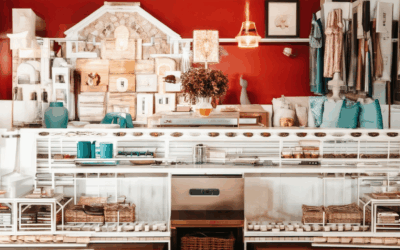
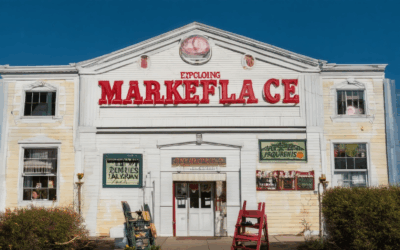
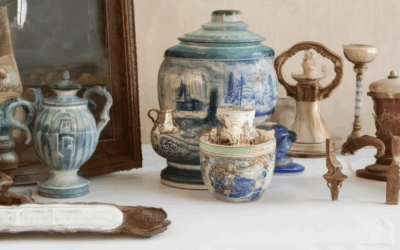
0 Comments